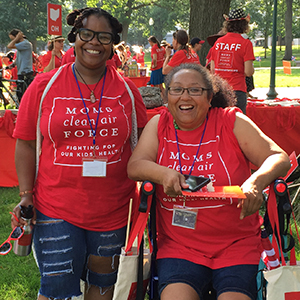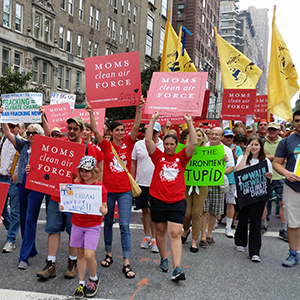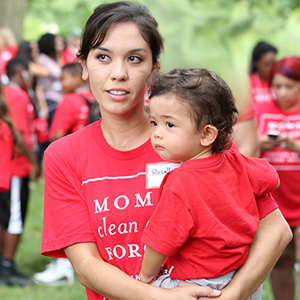This resource has been factchecked by policy experts, using the latest scientific research. Find all our sources linked below.
What is vinyl chloride?
Vinyl chloride is a colorless, flammable gas used to make polyvinyl chloride plastic, also known as PVC plastic or vinyl. It is transported as a liquid under high pressure. Exposure to vinyl chloride can cause cancer and other worrisome health impacts.

What do we use vinyl chloride for?
Vinyl chloride is the building block of PVC plastic. PVC plastic is used to make numerous everyday products, from plumbing pipes and floor coverings to shower curtains and children’s toys. Though it’s used widely, there are safer alternatives to PVC plastic available, such as using recycled copper pipes instead of those made from PVC.

Why is it bad for our health?
Vinyl chloride is dangerous. It’s toxic, extremely flammable, and potentially explosive. Health impacts from exposure include:
- Short-term exposure: nose and throat irritation, coughing, shortness of breath, eye irritation, headaches, and dizziness; exposure to extremely high doses may even be fatal.
- Chronic exposure: liver disease and cancers (including liver cancer, leukemia, lymphoma, brain cancer, and lung cancer).
When vinyl chloride is burned, even more hazardous chemicals are released, including dioxins and other carcinogens. Dioxins are among the most toxic chemicals on the planet—and they’re especially harmful for children, whose small bodies are still developing. A kind of persistent organic pollutant, dioxins last in the environment for many years. They can concentrate in breastmilk and accumulate in fatty tissue, leading to cancer, immune system impairment, and reproductive and developmental problems.

Vinyl chloride is harmful to humans and other animals when we breathe contaminated air or drink contaminated water. The highest levels of vinyl chloride are often found in the air near factories where vinyl chloride is produced, putting workers at these facilities and surrounding communities at especially high risk for exposure. Vinyl chloride can be found in the air near hazardous waste sites and landfills. It’s also found in low levels in tobacco smoke.
Water supplies can become contaminated with vinyl chloride, particularly near vinyl chloride manufacturing sites. When this happens, it can enter household air when water is used for showering, laundry, or cooking. Vinyl chloride and other harmful plastics chemicals, such as phthalates, can leach into water supplies from PVC pipes.
People are exposed to vinyl chloride through industrial and transportation incidents, such as the February 2023 train derailment in East Palestine, Ohio. Several of the cars in the train were carrying vinyl chloride, and in the days following the derailment, over 115,000 gallons of vinyl chloride were burned, exposing the community to high concentrations of toxic chemicals.

A plume of black smoke, from burning vinyl chloride, rises over East Palestine, Ohio after a train derailment in February 2023. (Gene Puskar, AP)
What are environmental justice concerns around vinyl chloride?
Vinyl chloride pollution is a matter of environmental justice. Discriminatory housing policies like redlining mean that vinyl chloride is often manufactured in areas already overburdened by pollution, including communities of color and low-income communities in Louisiana, Texas, and Kentucky. It’s unfair and unjust that these communities carry the health risks of producing PVC plastic.
Ban vinyl chloride
Vinyl chloride is a dangerous chemical that doesn’t belong in our homes and communities. The Environmental Protection Agency (EPA) has the authority to ban vinyl chloride under the Toxic Substances Control Act (TSCA), which is our nation’s chemical safety law. Certain uses of vinyl chloride have already been banned, such as use in cosmetics, household paints, and air fresheners. Now it’s time to stop using this toxic substance altogether.
Learn more about Moms' work on vinyl chloride and chemical safety.
Full list of sources.
Released: July 2023




